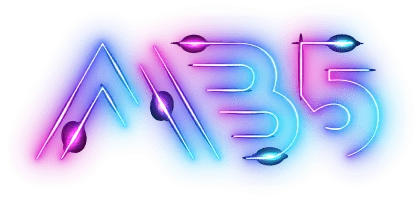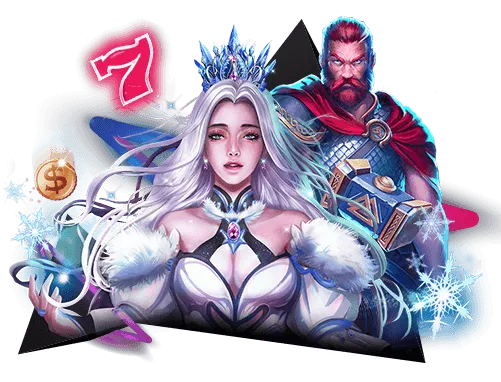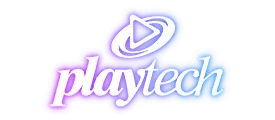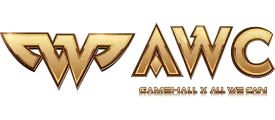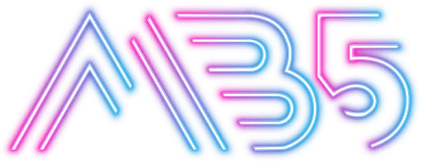After a successful year during the Champions League, Udinese finished 10th, and then reverted to mediocrity in the mid-table. The turning point was in the latter part of July 2007 when Udinese announced the hiring to Sicilian coach Pasquale Marino. They also made a number of quality acquisitions such as Fabio Quagliarella and Gokhan inler.
The 2007-08 season kicked off good with a draw on the road against champions Internazionale However, the excitement was quickly shattered following the first home game that ended in a loss of 5-0 against newly-promoted Napoli. Following this game Udinese's fortunes changed after a victory over Juventus because of the final Antonio Di Natale goal. Udinese continued to be in contention in the race for the fourth Champions League spot with Milan, Fiorentina, and Sampdoria up to the end of the season. They ended up finishing seventh and qualified to play in the UEFA Cup.
The season began at the beginning of the 2008-09 football season, during the press conference held to unveil the new kit for the season the official website was unveiled as a complete new feature during this year's Italian competition, the very first Web TV channel specifically dedicated to a football team named Udinese Channel was launched, absolutely free and available all over the world.
In the 2008-09 season Udinese were a mixed bag of outcomes in Serie A with a 3-1 victory against Roma as well as a 1-1 victory against Juventus however, 10 losses to teams such as Reggina, Chievo, and Torino reduced their chances for Champions League qualification. For the UEFA Cup, Udinese found themselves in a group alongside the potential favorites Tottenham Hotspur, NEC, Spartak Moscow, and Dinamo Zagreb however, they squeaked through the group by securing a convincing 2-0 victory against Tottenham. They defeated Lech Poznan in the next round, 4-3 in aggregate and then defeated the holders Zenit Saint Petersburg 2-1 on the aggregate. In the quarter-finals against Werder Bremen, with injuries to the star player Antonio Di Natale, Samir Handanovic and Felipe the team were defeated 6-4 in the aggregate. Fabio Quagliarella scored eight goals during the season. The team finished the season in seventh position but were not able to play any European football in the year following.
It was a disappointing one for both players and their fans. While Antonio Di Natale managed to score 29 goals in the league and ended the season as the with the most goals scored, the whole season was filled with fighting being relegated. At the end of the day, they were 15th in the league, with having nine points to their name and just three positions away from the zone of relegation. The highlight of the campaign was making the semi-finals of the Coppa Italia, beating Lumezzane in the round of 16 in Milan to reach the semi-finals and then losing the semi-finals 2-1 to Roma in the all-time aggregate.
In the summer transfer window in 2010 Udinese traded Gaetano D'Agostino Simone Pepe, Marco Motta as well as Aleksandar Lukovic. They also signed players who proved to be crucial to their success during their 2010-11 Serie A; Mehdi Benatia and Pablo Armero, a central defensive player and a wingback, respectively. After a shaky beginning to the season, defeating their initial four matches and drawing the fifth Udinese were able to post their best points total ever and ended fourth, getting a place in the Champions League qualifying round. Di Natale, with 28 goals was the first back-to-back capocannoniere after Lazio's Giuseppe Signori accomplished the feat in 1993 and 1994. A 0-0 draw in the home game against Milan on the day of the final game was enough to secure the Champions League spot for Udinese. The coach Francesco Guidolin kept his promise of "dancing like Boateng" when they qualified for Champions League and did a dance on the field. Then, in the Coppa Italia tournament, Udinese fell to Sampdoria at the end of the 16th round due to penalties following the game ending with a score of 2-2.
The 2011-12 season went on in a similar fashion however, despite the fact that Udinese dropped three of their key players bigger clubs: Alexis Sanchez to Barcelona, Gokhan Inler to Napoli as well as Cristian Zapata who had been with Villarreal. The Champions League qualifying round, Udinese were drawn against Arsenal and lost the home leg 1-0. In the Stadio Friuli, Udinese lost 3-1 at the aggregate, and then entered in the Europa League group stage, Antonio Di Natale omitting one of the penalties that was supposed to have put Udinese through. On the other hand, domestically Udinese were strong from the start, however due to their skill in defence, they gave up the lowest of all teams in 15 games, with only seven. For the second year in succession, Udinese qualified for the Champions League, clinching third place on the last date of their season. They did this with a an away victory of 2-0 against Catania. The summer transfer window the key players Kwadwo Asamoah as well as Mauricio Isla both went to the champions Juventus. The club was not able to make it to the stage in this season's Champions League, however, losing on penalties following additional time against Portuguese team SC Braga. Antonio Di Natale scored 23 goals to mark his third consecutive season of more than 20 goal scoring with 20 goals in Serie A.
Udinese began their 2013-13 Serie A season in mixed performance, having seven draws and three losses during the first 13 games. In December, however, the team started picking wins more often and Di Natale was also getting into the net regularly. After a time that saw the team balance wins and losses and then the team enjoyed a record-breaking eight-game winning streak finish the season and with Luis Muriel emerging as a important player. Similar to the 2011-12 season, Di Natale again finished with 23 goals. He was one of the few players after Gabriel Batistuta, of Fiorentina who scored at least 20 goals over four consecutive seasons.
In the years to come, Udinese would go on to finish in the middle or lower tables at the top of Serie A. For the season 2017-18, Udinese director Massimo Oddo was fired after the club lost 11 consecutive games. Oddo was later succeeded with Igor Tudor who guided the team to a safe distance from the relegation areas.
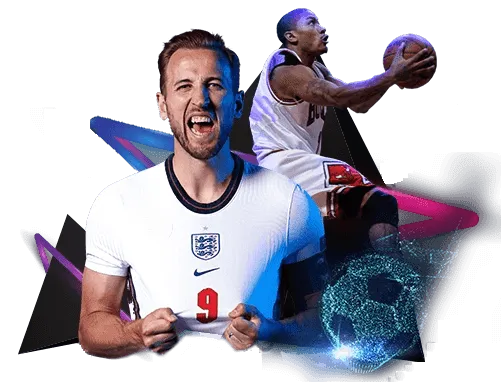


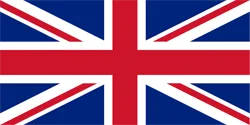 ENG
ENG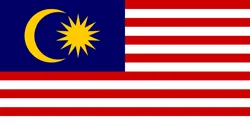 MYS
MYS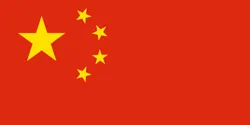 简体中文
简体中文